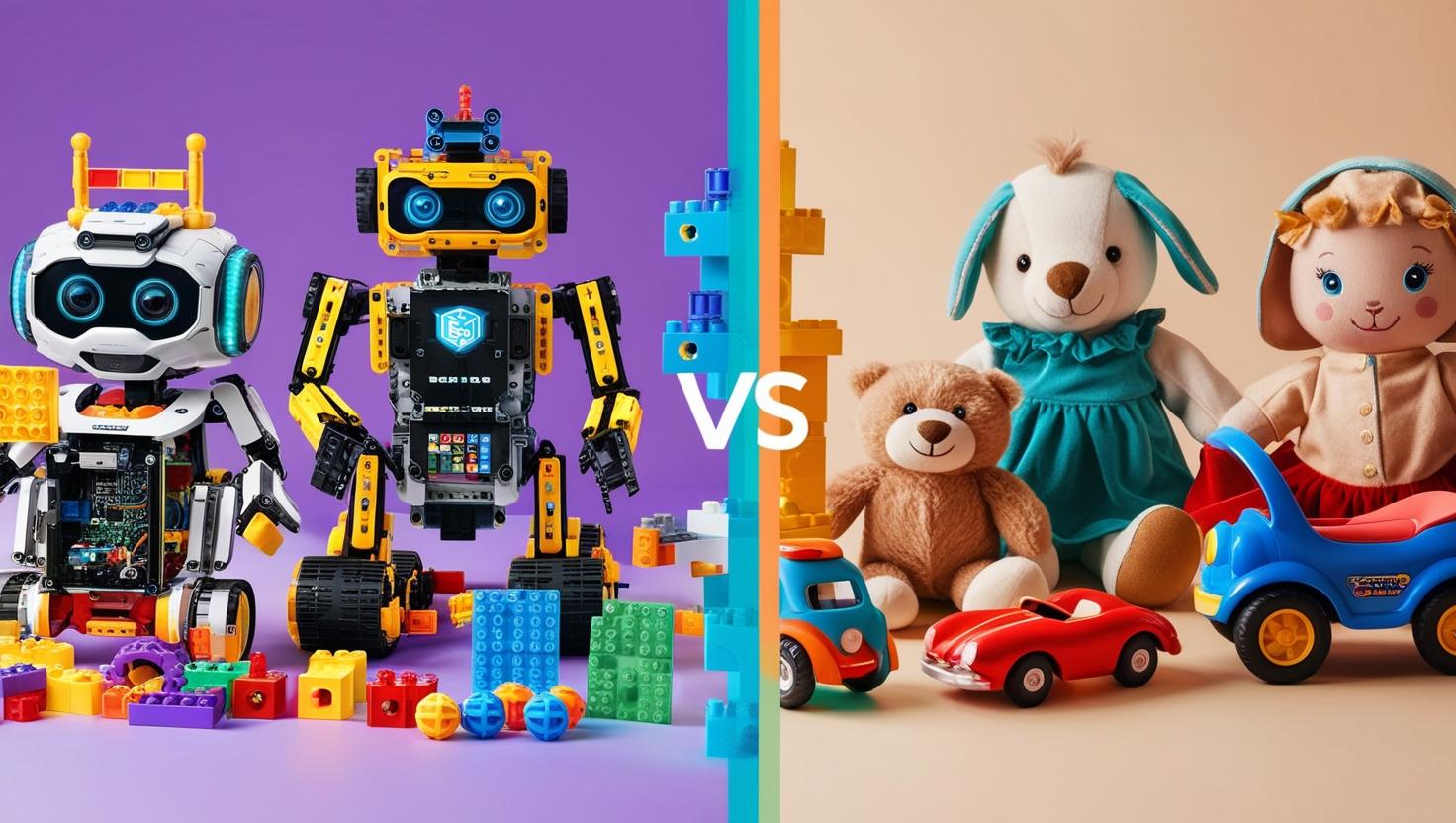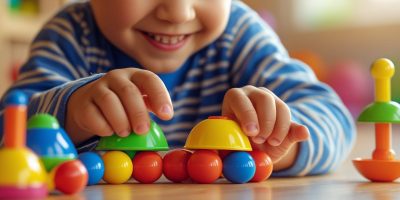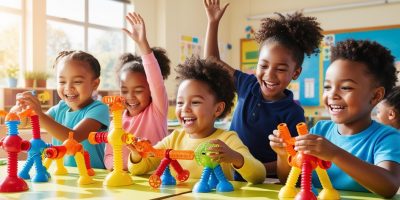Let’s be real—educational methods are changing fast. With classrooms evolving and tech becoming a part of everyday life, it’s natural for parents and educators to wonder: Can STEM toys actually replace traditional learning tools like workbooks, flashcards, and lectures?
The short answer? Not entirely—but they sure do bring a lot to the table.
In this post, we’ll dive into what STEM toys do better, where traditional tools still shine, and how combining both might be the best route for raising curious, capable kids.
What Counts as a Traditional Learning Tool?
Before we jump into comparisons, let’s define what we mean by “traditional” learning tools:
- Textbooks and Workbooks – Structured learning materials
- Flashcards and Memorization – Repetitive drills for math, spelling, etc.
- Chalkboard and Lecture Style – Teacher-centered, linear lessons
- Worksheets – Paper-based problem solving or practice
- Standardized Testing – Assessments based on memorized content
These tools focus on structure, repetition, and theoretical understanding—great for test prep, but often lacking in hands-on experience.
What Are STEM Toys, Really?
STEM (Science, Technology, Engineering, Math) toys are interactive learning tools disguised as play. Think:
- Building kits like LEGO Technic
- Coding games like Osmo Coding Jam
- Science experiment sets like Thames & Kosmos kits
- Engineering puzzles like ThinkFun Gravity Maze
These toys focus on exploration, trial-and-error, and self-directed learning. Kids learn by doing—not just by being told.
Head-to-Head Comparison: STEM Toys vs. Traditional Tools
| Category | Traditional Tools | STEM Toys |
|---|---|---|
| Engagement | Varies, often passive | Highly engaging and hands-on |
| Creativity | Limited to instruction | Open-ended, imaginative |
| Skill Application | Often abstract | Real-world, practical |
| Learning Style Fit | Good for auditory learners | Great for visual and kinesthetic learners |
| Assessment | Easy to measure/test | Harder to quantify |
| Structure & Discipline | Strong focus on routine | More flexible and exploratory |
Where STEM Toys Win
1. They Make Learning Fun (Without Kids Realizing It)
Kids build, tinker, and experiment—and they love it. This creates positive associations with learning, especially in tough subjects like math or physics.
2. They Encourage Problem-Solving Over Memorization
Instead of rote repetition, STEM toys push kids to think critically and adapt to changing challenges—just like in real life.
3. They Teach Collaboration
Many STEM kits encourage group play. Kids practice teamwork, communication, and even leadership.
4. They’re Future-Skill Ready
Coding, design thinking, and mechanical reasoning are baked into playtime—skills that align with modern careers.
Where Traditional Tools Still Matter
Let’s not toss the flashcards just yet.
- Fundamentals still need structure. Reading comprehension, multiplication tables, and grammar rules often benefit from repetition and drills.
- Some kids thrive with routines. Not every child learns best through exploration—some crave step-by-step guidance.
- Assessment is easier. Quizzes and tests are still a standard in school settings, so kids need to know how to work with them.
What Experts Say
According to Harvard’s Center on the Developing Child, “Active learning through hands-on play builds executive function and self-regulation skills.” But they also note that structured guidance helps reinforce foundational skills.
So what’s the takeaway? It’s not about either/or. It’s about when and how you use each tool.
The Best Learning Combo? Balance Is Key
Want your child to master times tables and build a working robot? Use both!
Here’s a sample weekly strategy:
- 3 Days Traditional – Worksheets, reading, flashcards
- 2 Days STEM Play – Building, coding, experimenting
- Weekend – DIY science or engineering project for fun
This combo supports both structured learning and creative thinking.
Final Thoughts
STEM toys won’t replace traditional tools—but they’re an amazing way to enhance learning. When used together, they form a powerful system that builds not only knowledge, but curiosity, confidence, and real-world skills.
So yes, keep the flashcards. But maybe add some gears, circuits, or code into the mix too.





